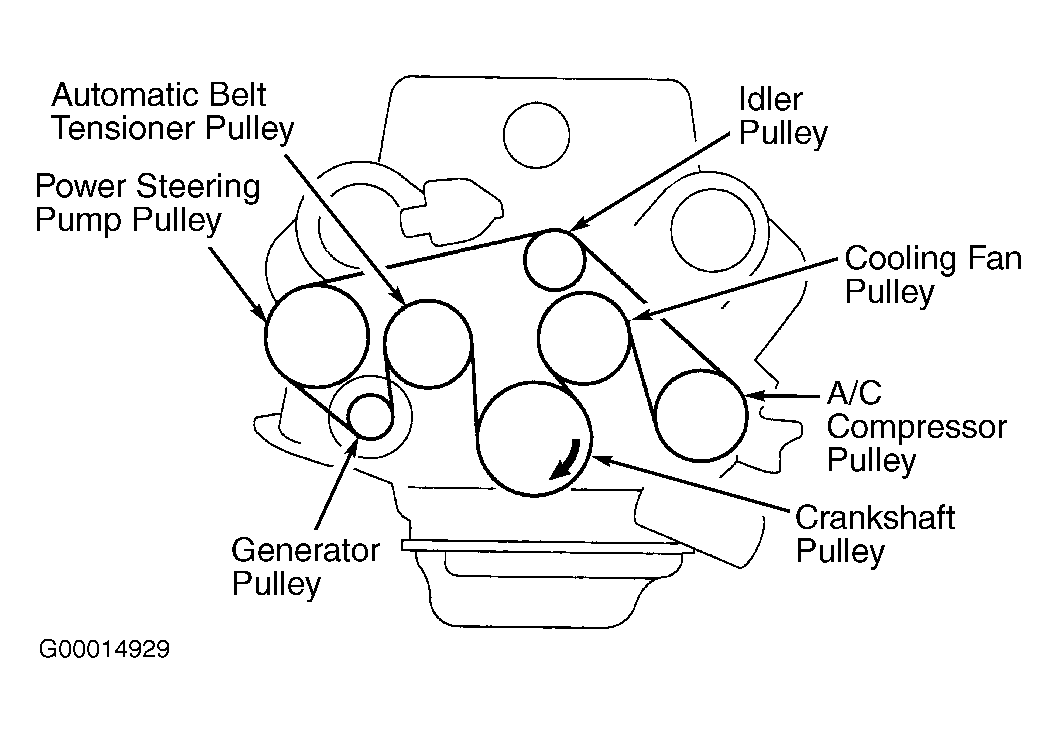Essential Guide to 2003 Toyota 4Runner Belt Routing
Proper belt installation prevents engine damage, noise, and premature wear in your 2003 Toyota 4Runner. Always consult a diagram before work to ensure accuracy, especially for the V6 engine's accessory drive system.
Correct Serpentine Belt Diagram
For the standard 4.0L V6 engine, the routing follows a specific path:
- From crankshaft pulley clockwise.
- Over idler pulley.
- Under power steering pump.
- Over alternator.
- Around water pump.
- Back to crankshaft pulley, completing a single loop.
Note: Verify belt tension with a tensioner tool to maintain proper deflection (typically 0.5-1.0 inch).

Common Mistakes to Avoid
- Incorrect pulley sequence: Skipping or misrouting over/under pulleys causes slipping.
- Loose tension: Leads to belt squeal and reduced accessory function.
- Overtightening: Stresses bearings and accelerates wear.
- Ignoring diagrams: Replacing belts without reference often results in errors.
Always cross-check with official diagrams during installation.
Installation Best Practices
Mark pulleys with chalk before removal to replicate routing. After fitting, run the engine briefly to inspect alignment and noise. Replace belts every 60,000-100,000 miles or at signs of cracking.

